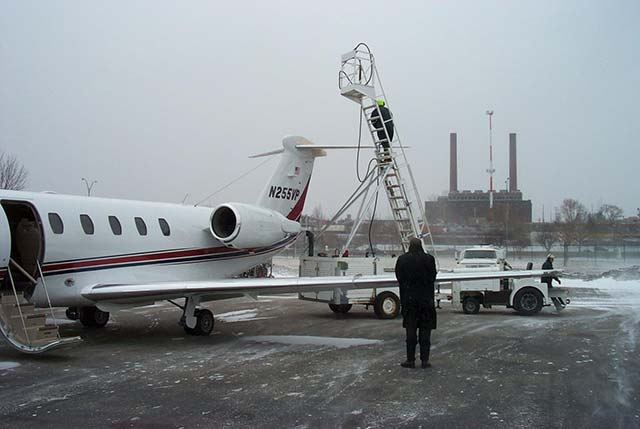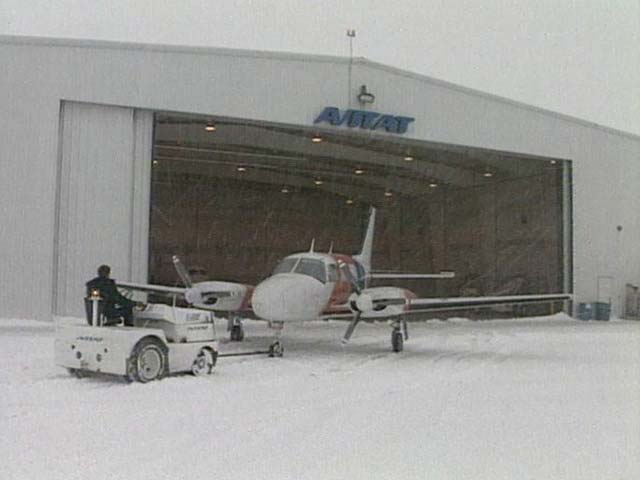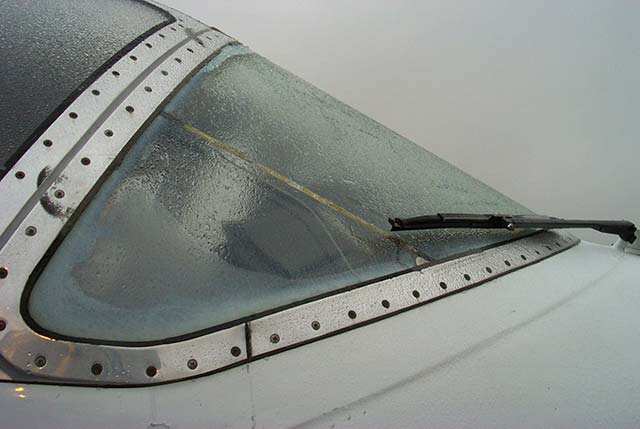A Pilot's Guide to Ground Icing
Module V - Anti-Icing Operations
How to keep it off
Section: Go/No-Go Decision
Start This SectionGo/No-Go Decision Anti-Icing Operations
If you are considering departing in precipitation, then you need to verify or consider the following
1. Are the available de/anti-icing fluids approved for your aircraft?
Check your AFM, POH or aircraft mfg before using Type II, III, or IV fluids.
2. Is the fluid diluted suitably for the temperature and precipitation conditions? If Type I fluid, is it heated to 60–80 C (140–180 F)?
3. Does the holdover time (HOT) offer an operationally feasible window for the temperature and precipitation conditions?
For example: if you plan to use a Type I fluid in moderate snow at -8C, can you start, complete and check the anti-icing application, taxi, verify the wings are clean, and depart within the 4–6 minute holdover time?
Go/No-Go Decision Anti-Icing Operations
Caution
*Some operators with an FAA FAR 121.629(c) approved program may have allowances to do otherwise.



